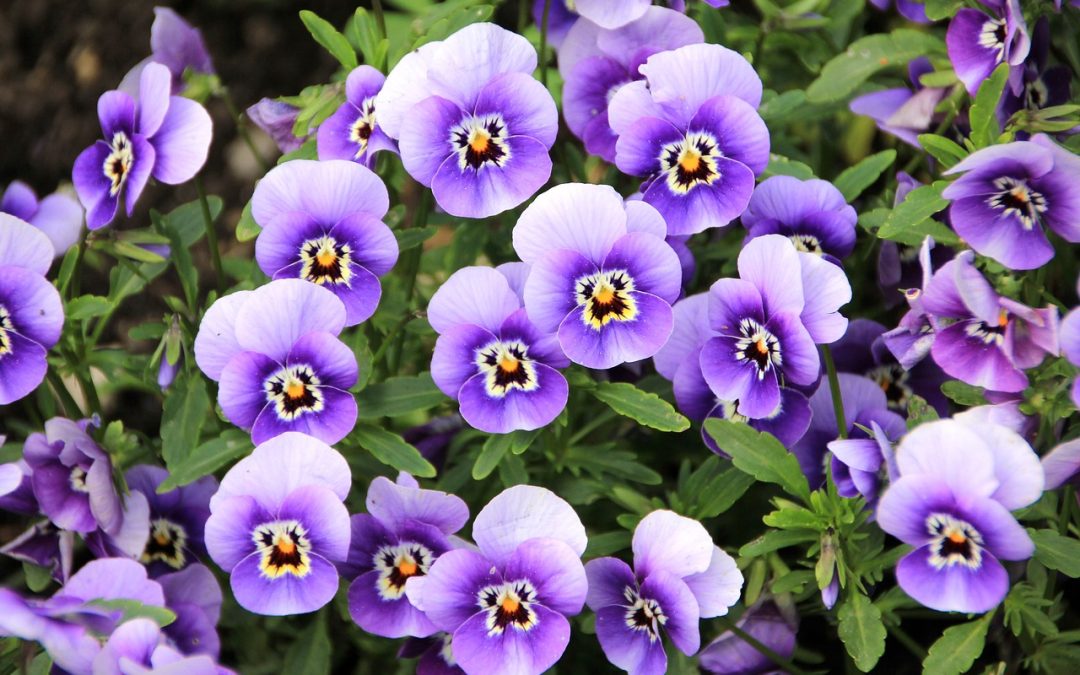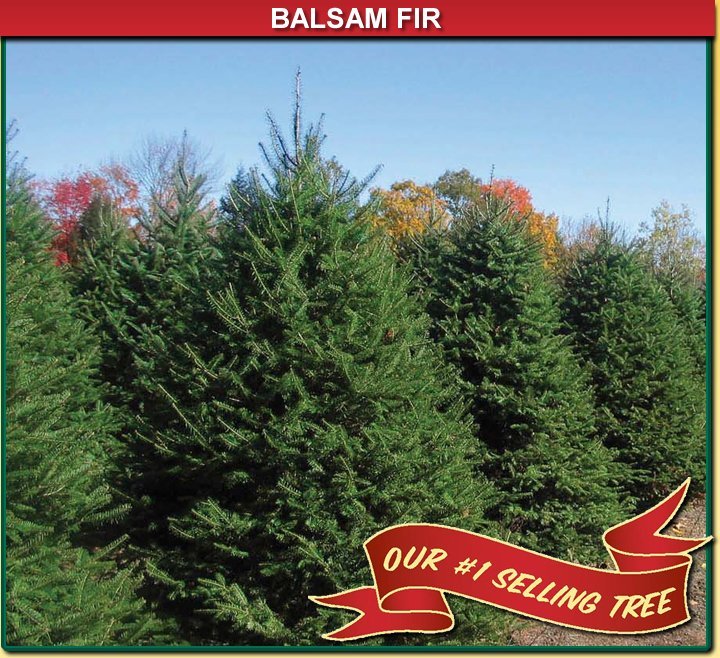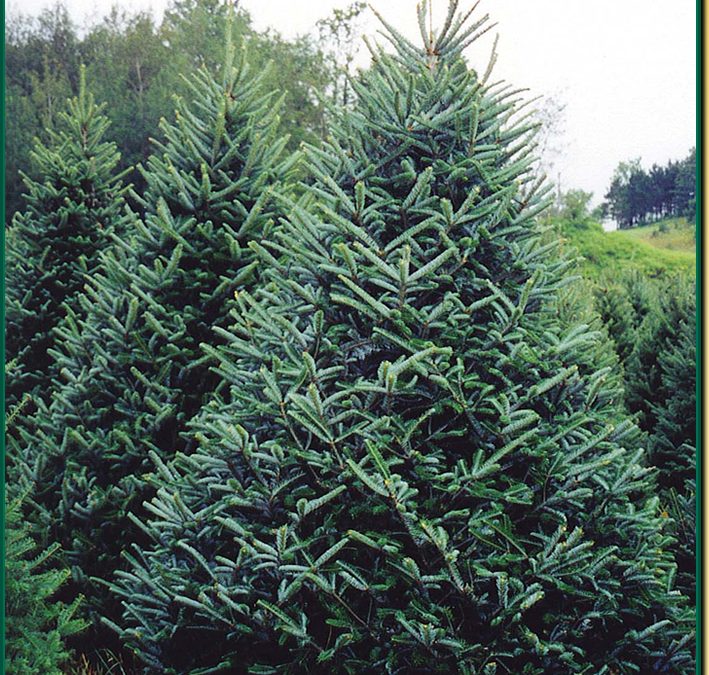
Pansies are the vibrant heralds of spring, blooming with a resilience that belies their delicate appearance. Thriving in the cooler temperatures of early spring, these versatile flowers bring gardens to life with a kaleidoscope of colors ranging from deep purples and blues to bright yellows and whites. Pansies feature a distinctive face-like pattern at their center, making them a favorite among gardeners for adding personality to containers, garden beds, and window boxes. They prefer well-drained soil and can tolerate a bit of shade, making them suitable for various garden locations. Their ability to withstand Cedarburg’s early spring frosts makes them an excellent choice for early planting, ensuring your garden has a burst of color even in cooler temperatures.
Beyond their beauty, pansies are also edible and offer a mild, sweet flavor to salads, desserts, and garnishes. This dual-purpose nature makes them not only a feast for the eyes but also a delightful addition to springtime meals. Whether you’re looking to brighten up your outdoor space or add a touch of whimsy to your culinary creations, pansies are a perfect choice. Their hardiness and vibrant colors make them an ideal plant to spotlight in April, promising to bring joy and color to any garden setting.

When the holiday season comes to an end there are many ways to upcycle and utilize the tree. If you live in an area where it is permitted the tree can be placed outside and left. Local wildlife will use it as a shelter from the winter wind and freezing temperatures. Decorate a patio by filling up a 5-gal bucket with water and place the tree upright keeping it straight. Once the water freezes, you can decorate the tree with homemade bird seed suet balls or if you’re craftier, fill old cookie cutters with the mixture and freeze, then hang on the tree. String popcorn for garland or hang berries.
The list is endless. Cut the trunk base into 1” sections, sand until smooth, then apply a thick varnish and voilà instant coasters. Crafting not your thing, used trees can also make good firewood to heat the house in winter or save it to use for summer bonfires.
There are endless possibilities for use, and it does not have to end up in a landfill. Before recycling your tree in any way, it is extremely important to ensure it has not been treated either with fake snow or fire-retardant chemicals as these may be harmful to you or the animals.
At Heritage Hill our trees are one hundred percent natural and can be recycled without worry.

If you like Balsams and Frasers but cannot choose between the two, then you are in luck! The Canaan Fir exhibits traits from both, which makes this a truly magnificent tree for the holiday season. With the coveted aroma and smaller, lighter trunks of the Balsam and the silver under-sided foliage and branch structure of the Fraser, you can have the best of both worlds. Fantastic! Heritage Hill Nursery will be carrying Premium 8-9’ and the Economy 10-12’ however stock will be limited so if you’re wanting a Canaan Fir this Christmas, don’t delay.

The most superb Balsam Fir you can find, and our #1 selling tree, comes directly from Hanuer’s Tree Farms in Shawano, “Growers of Wisconsin State Champion Balsam Fir”. The authentic balsam aroma makes this one of most fragrant of Christmas trees. Sturdy branches with natural ends have increasingly become the ornament-lover’s tree. Lighter in weight with sensible small to medium sized trunks, given adequate care, if purchased at Heritage Hill Nursery, the Balsam Fir if watered daily, should easily last through Christmas, but hurry as these trees tend to be the first to disappear. This year both the Promotional 8-10’and Economy 10-12’ will be available but quantities will be limited.

With its vibrant color, medium size trunk, and firmer branches for hanging those heavier ornaments, the Fraser Fir has become a popular choice amongst Christmas tree varieties. This year Heritage Hill Nursery will be carrying both Promotional 10-12’ as well as Premium sizes ranging between 7-10’. If you are in the market for a Fraser, do not wait. Stop by Heritage Hill Nursery after Thanksgiving, as these beauties will not last.





